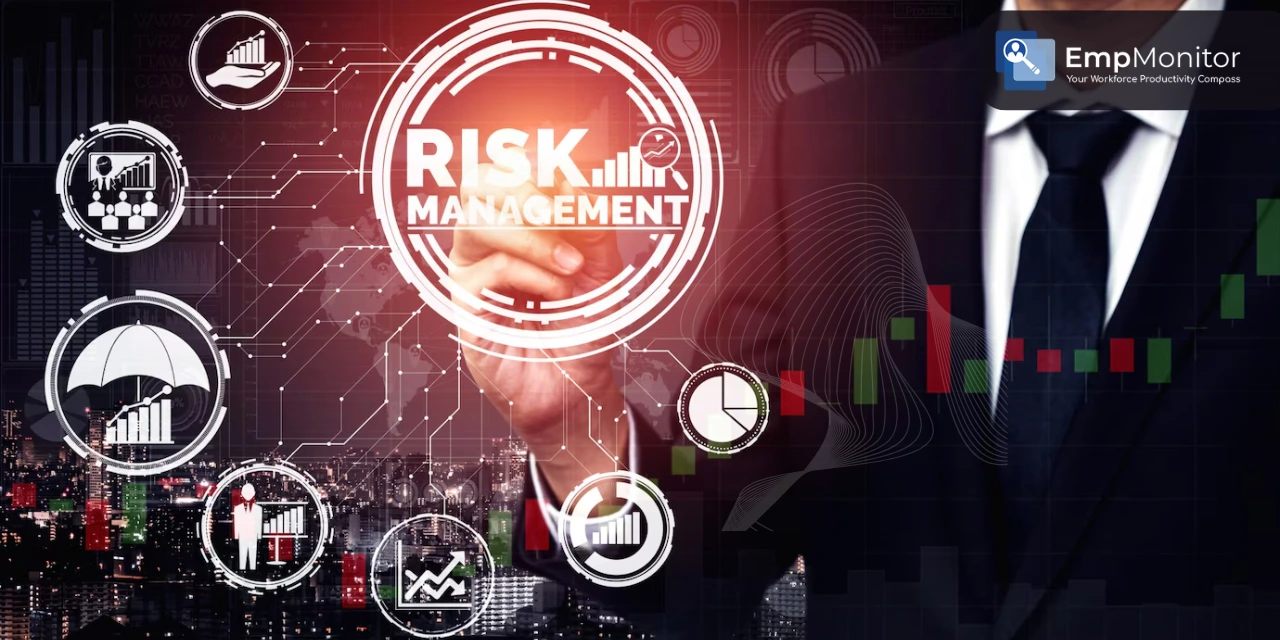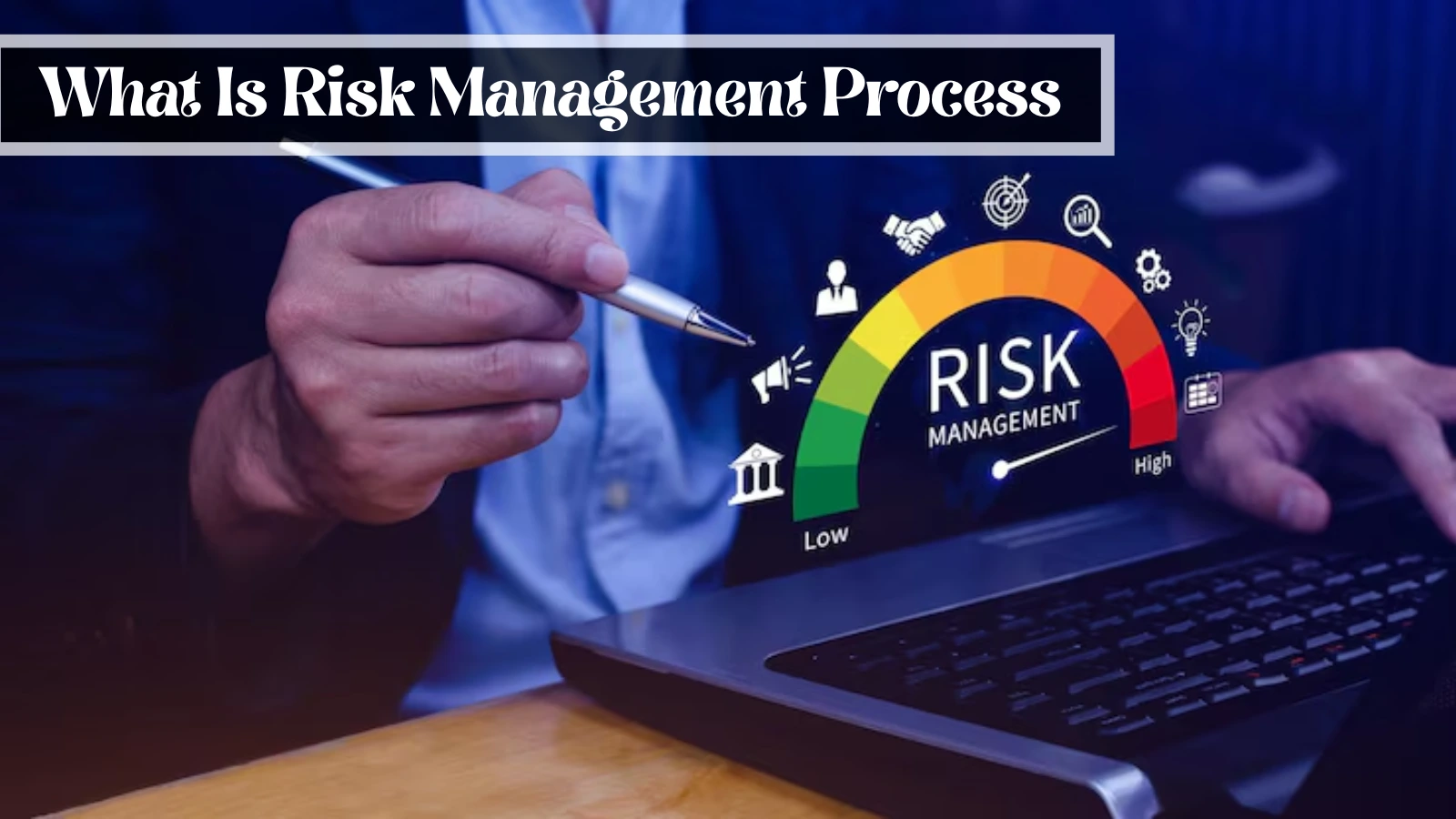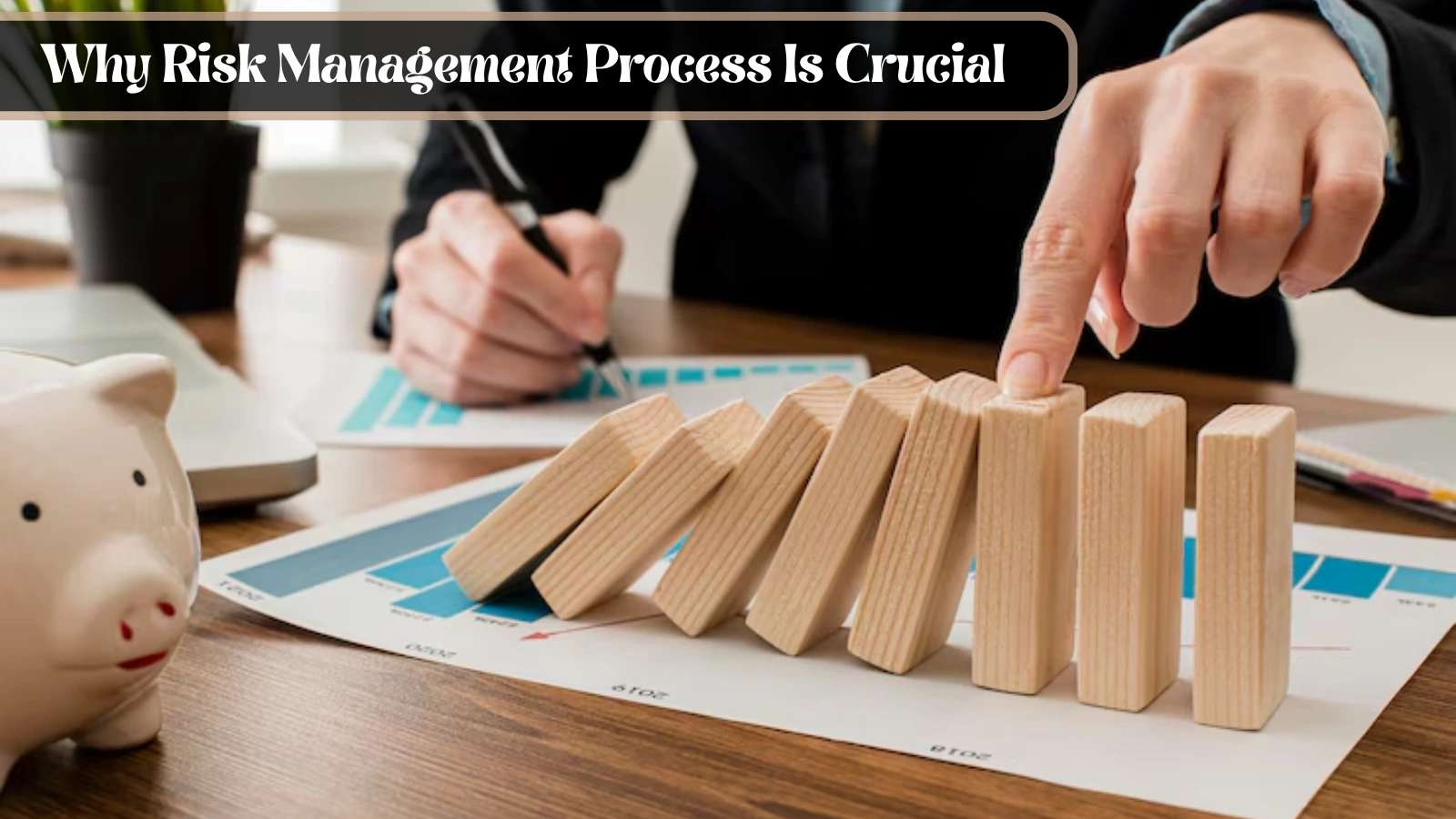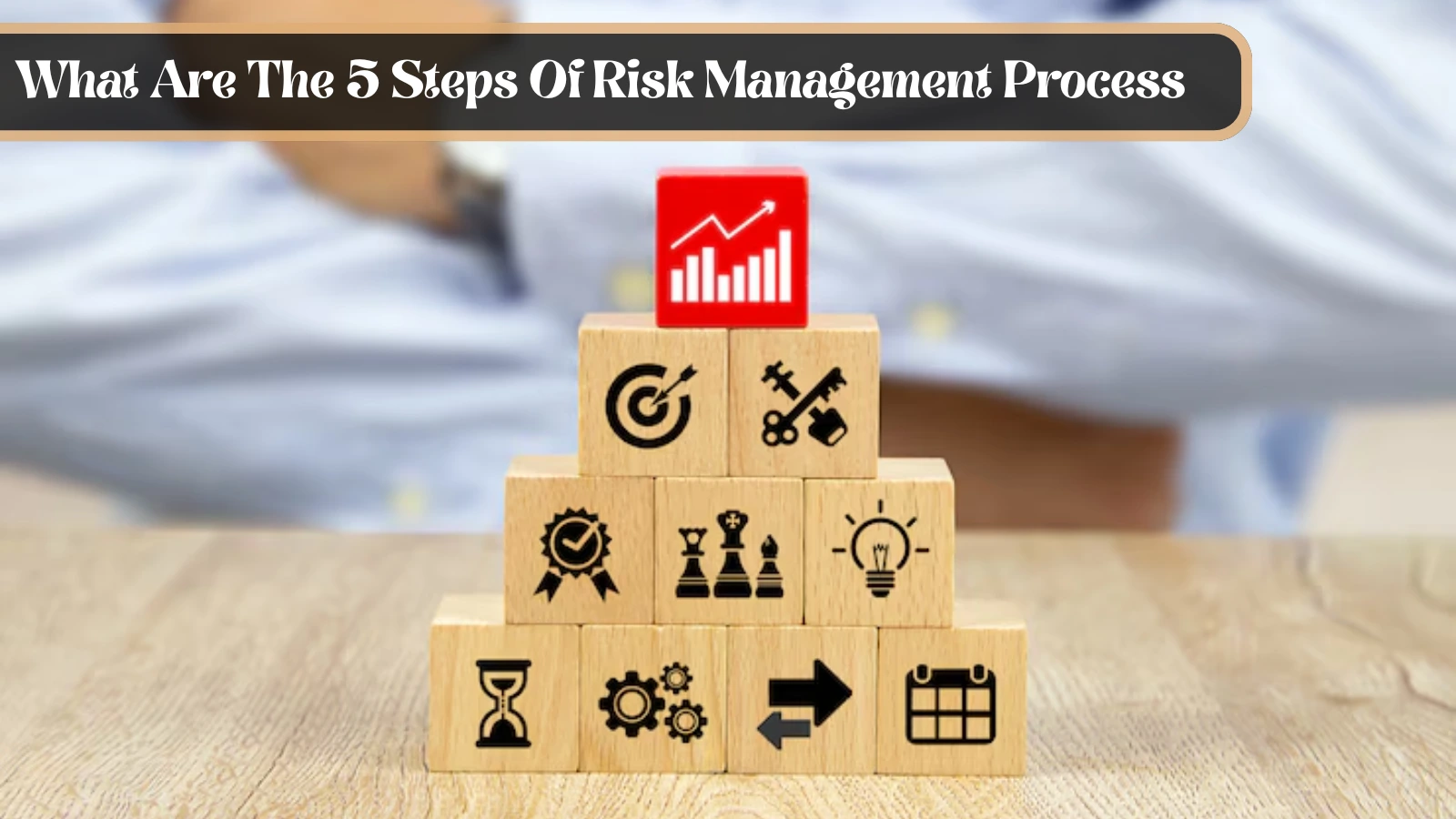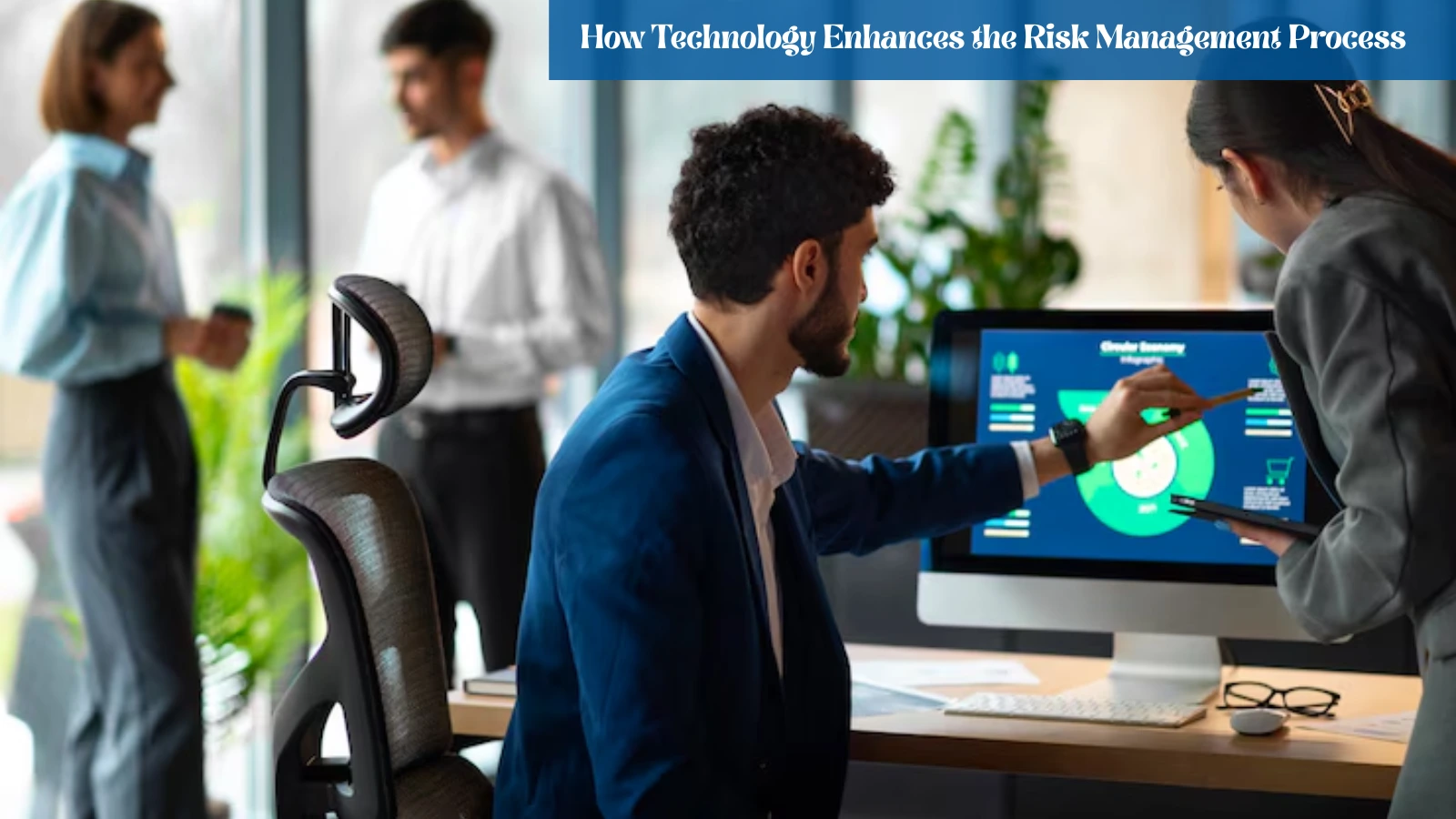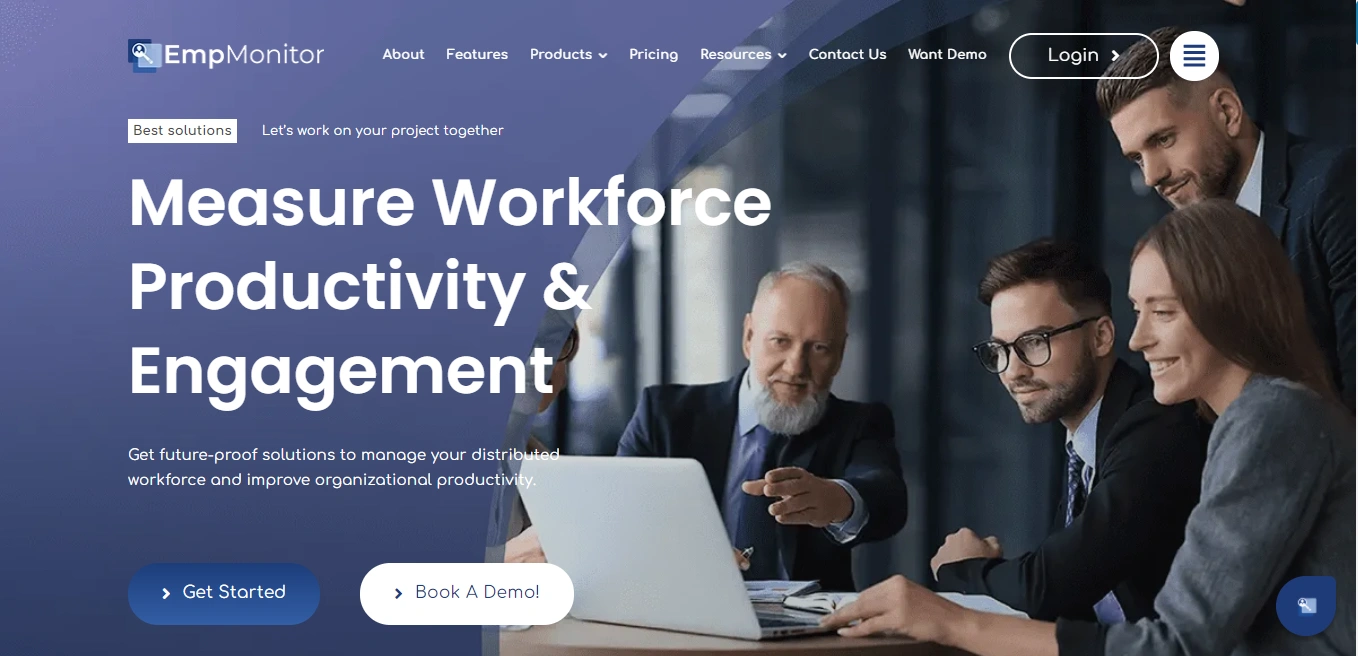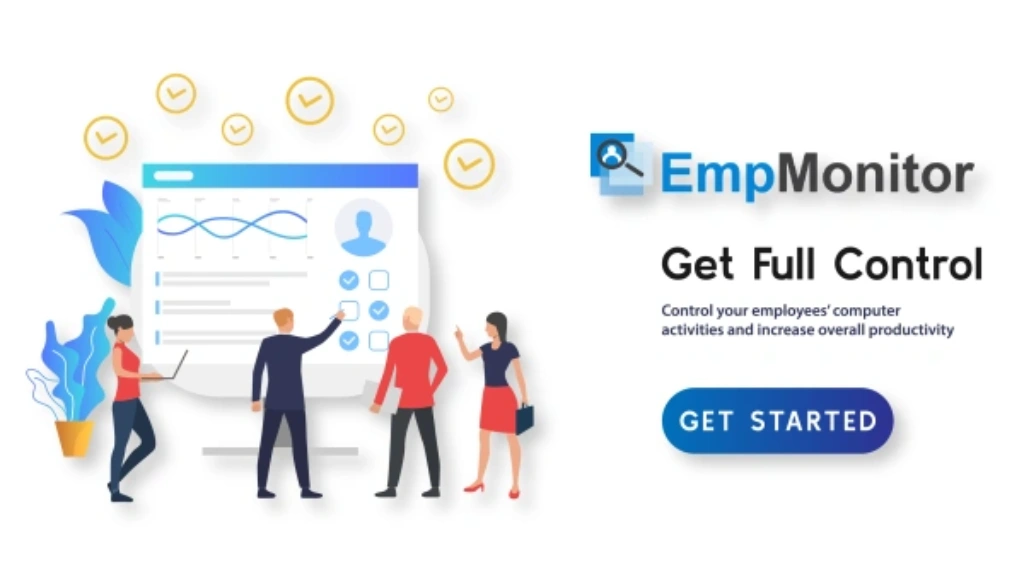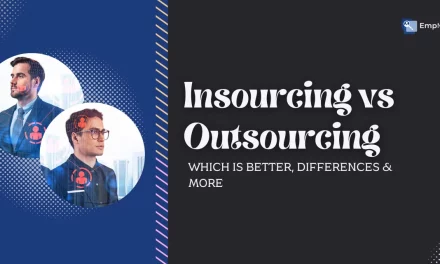Every organization, regardless of its size or industry, constantly encounters a wide range of risks, some predictable, others completely unexpected. These risks can stem from shifting market conditions, technological disruptions, regulatory changes, or internal challenges like employee misconduct or system failures. Without a structured risk management process, such uncertainties can potentially disrupt operations, damage reputations, and derail long-term goals. Implementing a comprehensive structure for maintaining risk helps organizations identify, assess, mitigate, and monitor risks proactively, ensuring greater resilience and strategic alignment.
That’s why a well-defined risk management process isn’t just a good practice, it’s a necessity. It allows businesses to anticipate potential threats, evaluate their severity, and put strategies in place to either avoid or minimize their impact. More than just a safety net, risk management acts as a strategic tool that supports smarter decision-making, protects resources, and helps build resilience over time.
In a hurry? Listen to the blog instead!
What Is Risk Management Process?
The risk management process is a structured methodology used by organizations to pinpoint, evaluate, and respond to potential threats that could hinder the achievement of their goals. These risks can be financial, operational, reputational, strategic, or even environmental.
Rather than reacting to problems after they occur, this process encourages businesses to take a proactive stance, identifying vulnerabilities before they escalate into major issues.
At its core, the process aims to create a clear understanding of both the likelihood and potential impact of various risks. It also helps in prioritizing which risks need immediate attention and which can be monitored over time. By aligning the handling of risks with the company’s risk tolerance and long-term strategy, organizations can make better decisions, protect their assets, and remain agile in the face of uncertainty.
Understanding what is risk management process is the first step toward building a resilient, forward-thinking business model that is capable of weathering both expected and unforeseen challenges.
Why Risk Management Process Is Crucial?
It is crucial because it helps organizations identify, assess, and mitigate potential threats that could negatively impact operations, finances, or reputation. By proactively managing risks, businesses can make informed decisions, reduce losses, and increase the likelihood of achieving their goals.
An effective risk management process offers several benefits:
1. Prevention of Financial Loss:
An effective risk management system helps organizations detect threats like fraud, cyberattacks, or market instability early. This allows timely action to reduce or avoid financial damage. In sectors like banking, a strong enterprise risk management process identifies credit, liquidity, and operational risks, using forecasting and scenario analysis to prevent cascading losses across operations.
2. Regulatory Compliance:
A structured risk management structure ensures compliance with laws and industry regulations, reducing the risk of fines or legal actions. Whether it’s adhering to GDPR, tax regulations, or safety standards, organizations can establish clear policies and controls. This builds a culture of accountability and lowers exposure to regulatory penalties.
3. Reputation Management:
Reputation is a critical asset that can be damaged by a single failure. A proactive risk management process identifies reputational risks and puts safeguards in place. In healthcare, for example, it helps prevent medical errors that could erode public trust, ensuring consistent service quality and protecting brand credibility.
4. Improved Decision Making:
With the right approach, decision-makers gain clarity about the risks tied to specific strategies. This is especially important in supply chain management, where understanding vendor and logistical risks leads to smarter, data-driven choices. Ultimately, informed decisions reduce uncertainty and improve long-term outcomes.
5. Operational Efficiency:
Beyond risk avoidance, a robust approach enhances efficiency by uncovering weak points in operations. It helps minimize downtime, avoid duplication of effort, and streamline workflows. Preventive actions and contingency planning reduce disruption, allowing teams to focus on productivity and continuous improvement.
Protect Your Workforce and Data, Start Monitoring Smarter with EmpMonitor Today!
Contact Us
What Are The 5 Steps Of Risk Management Process?
A successful risk management process is not a one-time event’s an ongoing cycle that evolves with the organization. This process is typically broken down into five essential steps. Each phase builds upon the previous one, creating a structured approach to identifying, understanding, and responding to risk in a way that aligns with business goals and risk tolerance.
Here are 5 steps risk management process:
1. Risk Identification:
The first and arguably most critical step is recognizing the risks that could negatively affect the organization. These risks can originate from internal sources, such as equipment failure, employee misconduct, or inefficient processes, as well as external factors like market fluctuations, natural disasters, regulatory changes, or cyber threats.
Effective risk identification requires input from multiple departments and stakeholders. Tools such as brainstorming sessions, SWOT analysis, industry benchmarking, and checklists can help identify risks across strategic, operational, financial, and compliance domains. By casting a wide net early, businesses ensure that no significant risk goes unnoticed..
2. Risk Analysis:
After risks have been identified, the next step is to analyze their nature, likelihood, and potential impact. This stage helps in understanding which risks are significant and which are minor, allowing leaders to allocate resources efficiently.
Quantitative analysis uses data and metrics to assign value to risk likelihood and impact, while qualitative analysis involves ranking risks based on expert judgment or rating systems. Both methods aim to uncover the severity of potential consequences and the frequency of occurrence, which helps create a prioritized list of threats that require attention.
This step plays a critical role in the overall risk management process, ensuring that risks are understood and addressed based on their potential to disrupt organizational goals.
3. Risk Evaluation:
Once risks have been analyzed, the next phase involves evaluating them against the organization’s predefined risk appetite and tolerance levels. Risk appetite refers to the level of risk an organization is willing to accept in pursuit of its objectives, while tolerance defines the acceptable variation within that range.
During this stage, decision-makers assess whether the identified risks are within acceptable boundaries or require immediate mitigation. This helps determine which risks are urgent and which can be tolerated or monitored over time. Risk evaluation is a critical part of the overall risk management process, transforming raw data into strategic insights, guiding action plans, and resource allocation.
4. Risk Treatment:
The fourth step of this process involves determining how to address the risks that have been prioritized. Risk treatment may include several different strategies depending on the nature and level of the risk:
- Risk avoidance: Choosing not to engage in activities that carry unacceptable risk.
- Risk reduction: Implementing measures to minimize the impact or likelihood of the risk.
- Risk sharing or transfer: Shifting the risk to third parties, often through insurance or outsourcing.
- Risk acceptance: Acknowledging the risk without taking any action, typically for low-impact threats that fall within the risk tolerance level.
Choosing the right treatment method requires collaboration across departments and may involve investments in technology, training, policy development, or redesigning processes. The goal is not just to minimize threats, but also to align risk strategies with broader business objectives.
5. Monitoring and Review:
Risk is not static; it changes with time, technology, market conditions, and organizational growth. That’s why the final step in the overall strategy focuses on continuous monitoring and periodic review. This ensures that risk controls remain effective and relevant.
Regular audits, feedback loops, key risk indicators (KRIs), and performance metrics are used to evaluate how well risks are being managed. Monitoring also helps detect emerging risks and adapt strategies as necessary. By embedding this step into daily operations, organizations can create a responsive and dynamic approach to managing uncertainty.
Also Read:
Work Allocation: Efficiently Assign Tasks in 8 Steps!
Real-Life Examples of Risk Management Process
Risk management involves identifying, evaluating, and mitigating threats that could impact an organization’s capital and earnings. These risks could stem from financial uncertainty, legal liabilities, strategic management errors, accidents, or natural disasters.
The following are real-life examples of it:
1. Healthcare:
In healthcare, a robust risk management system is essential to ensure patients’ data record safety and compliance with health regulations. Hospitals implement protocols to identify clinical risks, analyze patient data for potential hazards, and train staff to handle emergencies effectively.
2. Finance:
Financial institutions employ a comprehensive enterprise risk management approach to assess credit, market, and operational risks. By utilizing advanced analytics and stress testing, banks can anticipate potential financial crises and take corrective actions promptly.
3. Manufacturing:
Manufacturers adopt a supply chain risk strategy to identify vulnerabilities in their supply chains, such as dependency on single suppliers or geopolitical risks. By diversifying suppliers and implementing contingency plans, they can mitigate disruptions. This approach is a vital part of the overall risk management process, helping companies maintain operational continuity and reduce exposure to unexpected failures.
4. Retail:
Retailers use employee monitoring software, such as EmpMonitor, to address risks related to inventory management, cybersecurity, and customer data protection. Implementing such tools helps in detecting fraudulent activities and ensuring compliance with workplace policies.
5. Tech Startups:
Tech startups, especially those developing software solutions, face risks related to data breaches and intellectual property theft. Implementing insider threat detection software and robust cybersecurity measures is crucial to safeguarding sensitive information.
Also Read:
How To Understand Workplace Policies In 2025 + Essential Tips For Employees
How Technology Enhances the Risk Management Process?
The evolution of digital technologies has transformed the way businesses approach risk. No longer limited to spreadsheets or manual audits, the modern risk management process now leverages advanced tools that improve accuracy, speed, and foresight. By integrating smart technologies into risk strategies, organizations can proactively identify vulnerabilities and respond to threats before they escalate.
Here’s how specific technologies are enhancing the effectiveness of risk management:
-
Artificial Intelligence (AI):
AI significantly improves the risk handling process by analyzing massive datasets to detect patterns, anomalies, and potential threats. It enables businesses to predict risks with greater accuracy and act before problems escalate. AI-driven tools are particularly effective in financial risk forecasting, fraud detection, and cybersecurity response.
-
Fraud Prevention
Another key area where technology enhances risk management is payment gateway fraud prevention. Modern tools like AI-driven risk scoring, device fingerprinting, and real-time fraud analytics help identify suspicious transactions before they lead to financial loss or bad reputation.
For any organization handling online payments, whether donations, subscription billing or e-commerce, these solutions significantly reduce chargebacks, cut down on fraudulent activity and strengthen overall financial security.
If you’d like a simple, easy-to-understand breakdown of how this works, this article provides a great overview. -
Internet of Things (IoT):
IoT technology provides real-time monitoring of equipment, infrastructure, and environmental conditions. By gathering data from sensors and connected devices, businesses can quickly detect performance issues, safety hazards, or operational failures. This real-time insight strengthens the risk management process by enabling immediate corrective actions.
-
Blockchain:
Blockchain enhances risk control through its secure, decentralized structure that ensures transparency and traceability. It’s especially beneficial in supply chain management, where tracking the origin and movement of goods reduces the risk of tampering, fraud, and counterfeit products, thereby improving accountability across partners.
-
Cloud Computing:
Cloud computing streamlines risk data collection, storage, and analysis by offering scalable, accessible platforms. Teams can collaborate in real-time, monitor risks remotely, and integrate third-party compliance tools with ease. It strengthens the risk control process by ensuring faster communication and centralized access to critical information.
-
Insider Threat Detection Software:
It focuses on identifying threats from within the organization, whether they stem from malicious intent or simple human error. By monitoring access patterns, detecting unusual data transfers, and flagging abnormal login activities, the software helps uncover behaviors that may signal a potential breach or internal sabotage. Integrating this tool into an organization’s security strategy provides a critical layer of defense for protecting confidential information and maintaining system integrity.
-
Employee Monitoring Software:
This technology tracks workforce activities to detect policy violations, inefficiencies, or suspicious behaviors. One such tool, EmpMonitor, provides organizations with a robust solution to monitor employee activities and ensure compliance with internal controls. Particularly useful in remote or hybrid work environments, it enables businesses to identify potential issues early, ensuring a proactive and transparent risk management process.
By offering detailed insights into employee productivity, website usage, application usage, and more, EmpMonitor helps prevent data breaches, mitigate insider threats, and maintain overall organizational security. It’s an essential tool for businesses that aim to protect valuable data, comply with industry regulations, and optimize workforce performance.
Key Features of EmpMonitor:
-
Real-Time User Activity Monitoring:
Track employee behavior in real-time with in-depth insights into daily and hourly activities. This includes a detailed analysis of application and web usage, helping identify both productive trends and potential risk behaviors. -
Time Tracking & Productivity Insights:
EmpMonitor provides precise time-tracking capabilities with automated, real-time timesheets. Businesses can monitor productive vs. idle hours, assess work patterns, and evaluate team performance with data-backed clarity. -
Insider Threat Prevention:
Strengthen internal security by detecting and preventing insider threats. EmpMonitor identifies suspicious activity, whether due to negligence or malicious intent, helping to mitigate compliance breaches or data leaks before they escalate. -
Attendance & Leave Management:
Eliminate manual processes with automated attendance and leave tracking. EmpMonitor ensures accurate, paperless records and integrates seamlessly with HR systems for efficient payroll and compliance. -
Comprehensive Reporting & Context-Rich Analytics:
Gain access to context-rich reports that offer granular visibility into user behavior. These reports support better decision-making and policy enforcement, reducing the risk of internal inefficiencies or violations. These capabilities contribute significantly to a proactive risk management process, allowing organizations to identify and address potential threats before they affect operations. -
Workforce Engagement & Performance Management:
EmpMonitor helps increase employee engagement by analyzing workflow patterns, ensuring adherence to compliance, and supporting efficient task allocation. It provides full visibility into project timelines and resource utilization.
With EmpMonitor, organizations can proactively manage internal risks, avoid potential compliance issues, and improve overall operational efficiency, ensuring a secure and productive work environment.
Conclusion
Implementing a structured risk management process is essential for organizations seeking stability amid unpredictable challenges. A methodical approach makes it easier to identify and address threats before they escalate, supporting strategic planning and safeguarding assets like finances and brand reputation. Early risk detection also helps avoid disruptions and boosts overall efficiency.
FAQs
1. How often should an organization review its risk management process strategy?
Ans. Risk management should be reviewed at least once a year, but more frequent reviews may be necessary during times of change. This includes organizational restructuring, entering new markets, adopting new technologies, or responding to regulatory changes. Regular updates help ensure that the risk strategy remains relevant and effective. Monitoring emerging risks in real time can also prompt ad-hoc reviews when needed.
2. How can small businesses implement effective risk management process with limited resources?
Ans. Small businesses can begin with a simple risk assessment by identifying the most critical threats to their operations. They should prioritize high-impact, high-likelihood risks and take cost-effective actions to mitigate them. Using affordable tools, cloud software, and basic internal controls can protect without a heavy investment. Training employees and having a basic incident response plan also goes a long way in building resilience.
3. How can small businesses implement an effective risk management process with limited resources?
Ans. Small businesses can start by conducting basic risk assessments, prioritizing high-impact risks, using affordable tech tools, and creating simple contingency plans without needing large investments.

